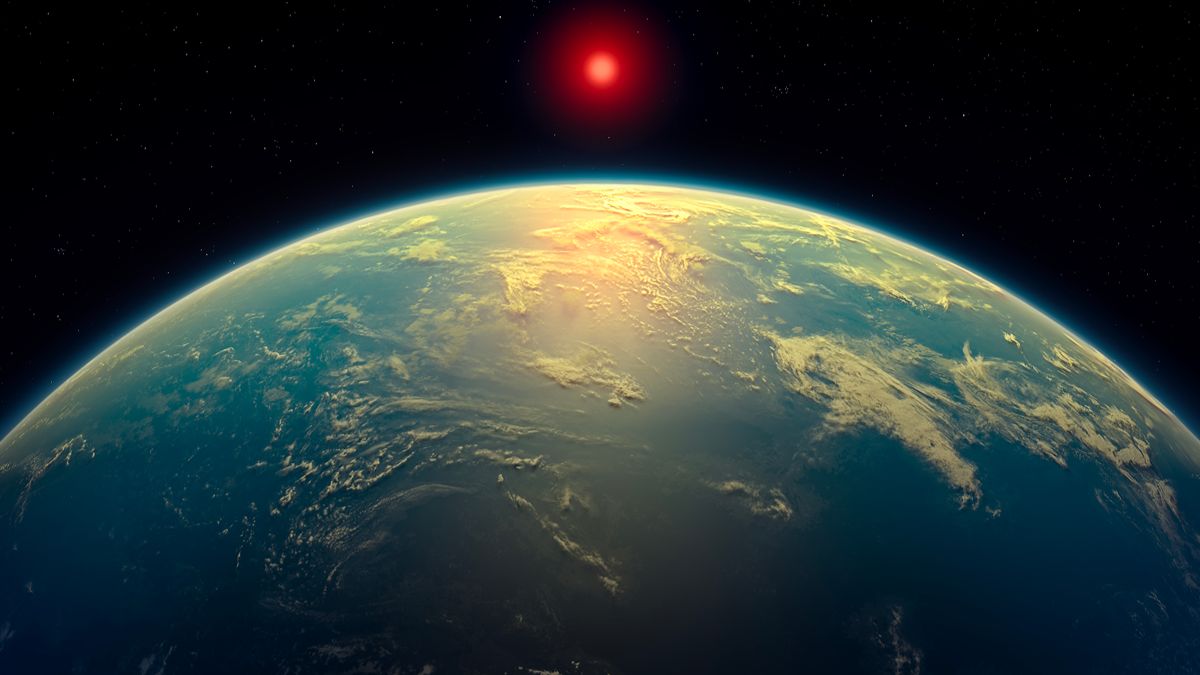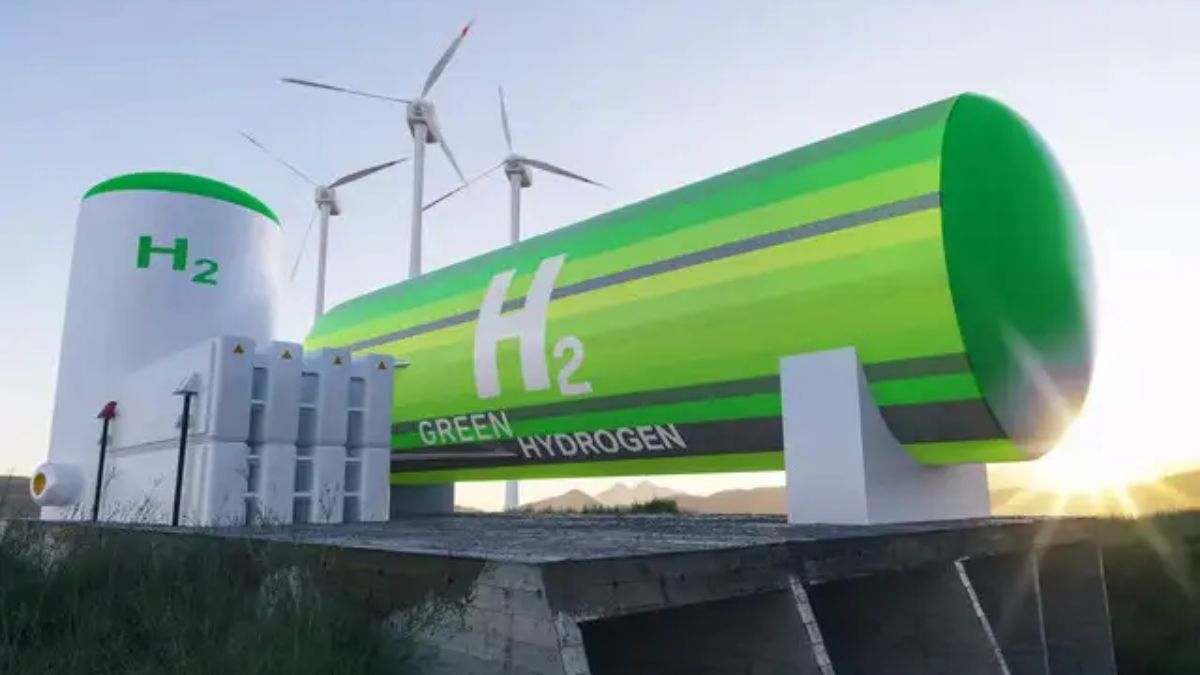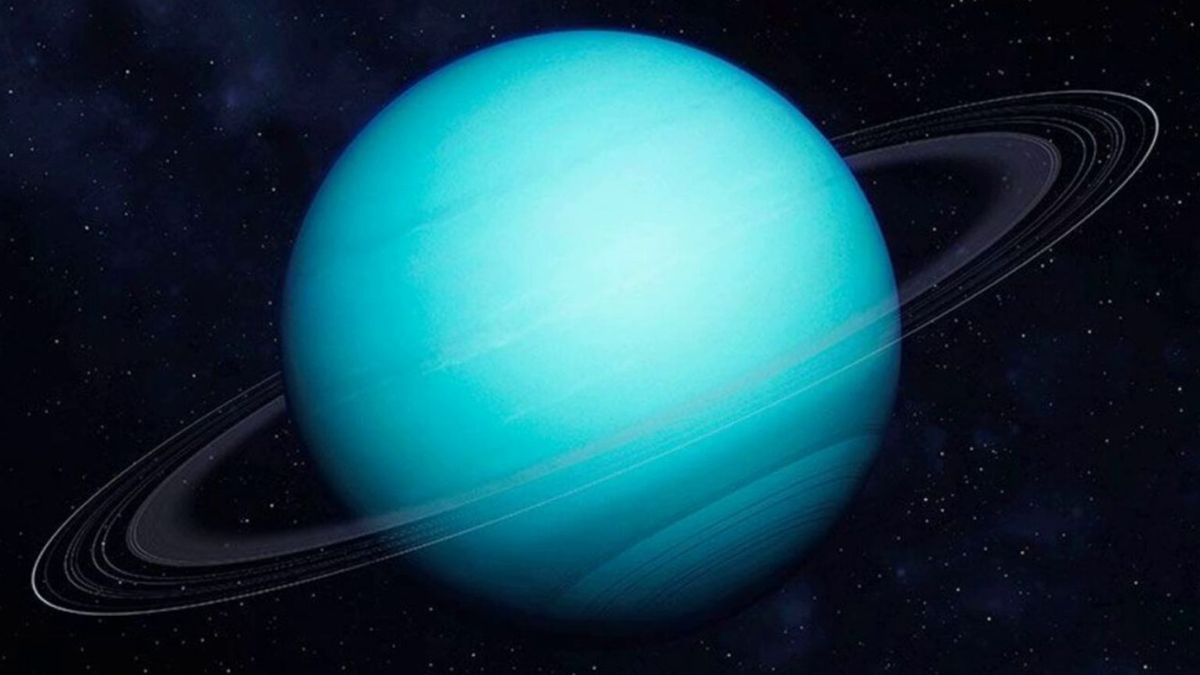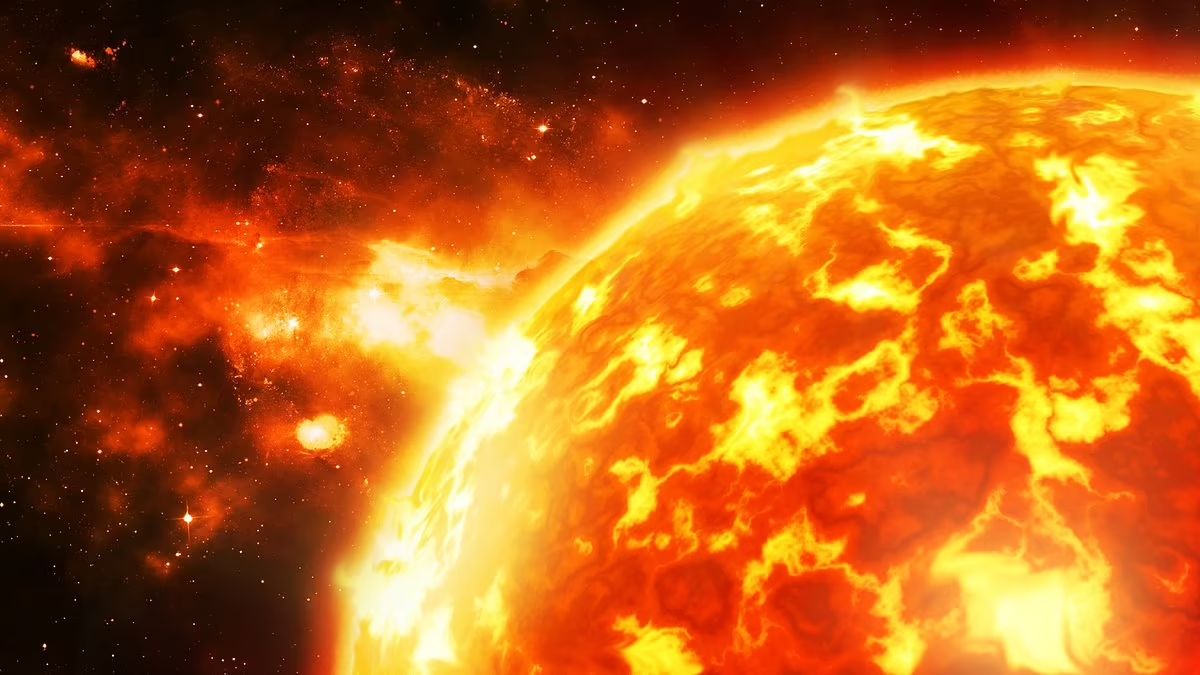A group of astronomers may have just stumbled upon one of the most exciting clues in the search for life beyond Earth. They found something strange in the atmosphere of a distant exoplanet—a molecule that, on our planet, is almost exclusively produced by living organisms. Could this be the first real sign that we’re not alone in the universe?
The discovery was made thanks to the James Webb Space Telescope, the most advanced telescope ever launched into space. It’s capable of peering into the deep past of the cosmos, capturing light from galaxies that formed billions of years ago. This time, though, it pointed its mirrors a little closer—toward a planet called K2-18b.
K2-18b
So, what exactly is K2-18b?
This exoplanet was the 18th discovered by NASA’s Kepler mission, and the “b” in its name means it’s the first planet discovered orbiting that star. It’s located about 120 light-years away in the constellation Leo—not exactly next door, but close by cosmic standards.
K2-18b is nothing like Earth. It’s about eight times our planet’s mass and 18 times the volume. It likely isn’t rocky like Earth, but could be covered in thick clouds, a dense atmosphere, or even endless oceans. That last bit is what has astronomers especially curious.
Hycean
Scientists suspect K2-18b may be what’s called a “hycean” world. That’s short for a planet with a hydrogen-rich atmosphere and massive global oceans. Imagine a water world without continents—just deep, endless sea beneath a hydrogen-filled sky. These conditions could, in theory, support life, even if it’s very different from what we know on Earth.
What makes hycean planets so interesting is that the temperatures and pressure beneath the hydrogen atmosphere could be just right for life—not too hot, not too cold, and with plenty of water.
Discovery
Using the James Webb Telescope, astronomers studied K2-18b’s atmosphere and found signs of carbon-bearing molecules like methane and carbon dioxide. But the big surprise came when they detected a faint signal that might be dimethyl sulphide (DMS).
Why is that important? Because on Earth, DMS is mainly produced by life—specifically, marine organisms like phytoplankton. There are no known non-biological processes that create DMS in any significant amount.
That’s what makes this so intriguing. It’s not proof of life—but it’s definitely the kind of molecule scientists have long said would be a strong sign.
Reality Check
Let’s not get ahead of ourselves. This is still very early.
Researchers are being extremely cautious. They haven’t confirmed that the signal is 100% DMS. It could still be a false reading or another molecule that looks similar in the data. More studies and more precise measurements will be needed to verify the finding.
Until that happens, the discovery remains a “possible biosignature,” not a confirmed sign of life. In science, especially with something this important, caution always comes first.
What’s Next?
So, what now?
Astronomers will continue using the James Webb Telescope to gather more data from K2-18b. They’ll also examine other similar planets, especially potential hycean worlds, to see if DMS—or other biomarkers—show up there too.
If DMS or similar compounds are found on multiple planets, it could suggest a pattern—and that’s when things start getting really serious.
Whatever the result, this is already a historic step for astrobiology. For the first time, we have tools powerful enough to look deep into alien atmospheres and detect even faint traces of chemical compounds linked to life.
Possibility
The possibility of life elsewhere has always fascinated humanity. Now, with technology like the James Webb Telescope, we’re closer than ever to answering that timeless question: Are we alone?
Maybe K2-18b holds the answer. Or maybe it’s just the beginning of a much bigger journey. Either way, the universe just got a little more exciting.
FAQs
What is K2-18b?
A distant exoplanet, 120 light-years away, possibly ocean-covered.
What did scientists find on K2-18b?
Traces of dimethyl sulphide, a possible biosignature.
What is dimethyl sulphide?
A molecule mainly produced by marine life on Earth.
Is this proof of alien life?
No, it’s an exciting clue, but far from confirmed.
What happens next in the research?
More detailed observations to confirm the findings.























